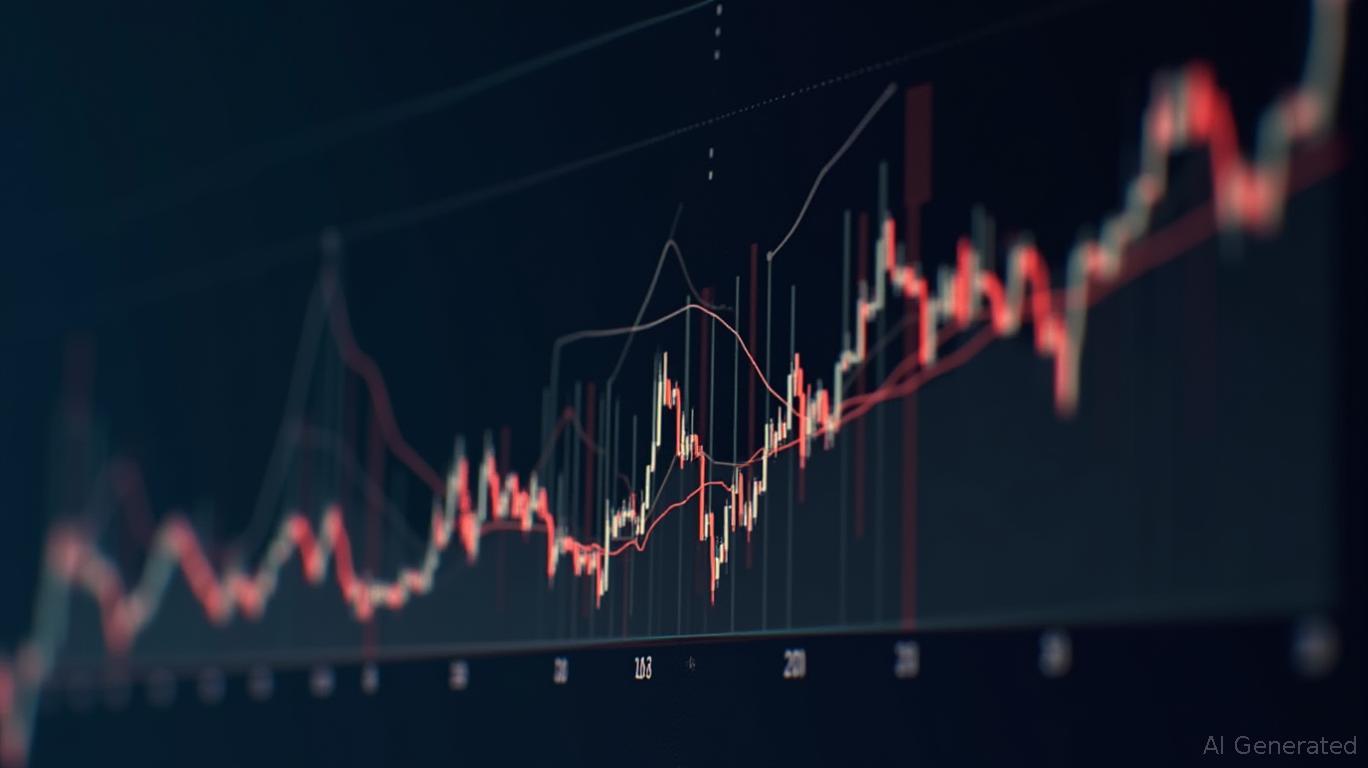Why Bitcoin is Essential for Hedging Against U.S. Debt-Driven Inflation
The U.S. national debt is projected to surpass $37 trillion by mid-2025, fueled by soaring interest costs and persistent fiscal deficits. This debt trap, as described by macroeconomic analyst Paul Tudor Jones, has cornered policymakers into a dilemma: they must maintain low real interest rates to prevent default, even as inflation erodes purchasing power. In this environment, traditional inflation hedges like gold and stocks face limitations, making Bitcoin a critical addition to portfolios. Here's why investors should act now.
The Debt Trap and the "Uber-Dovish" Fed
The U.S. Treasury's debt-to-GDP ratio is on track to hit 156% by 2055, according to Congressional Budget Office projections. With interest rates climbing to 5.5%, servicing this debt consumes over $1.4 trillion annually—a figure set to triple by 2032. This unsustainable trajectory forces the Federal Reserve to prioritize financial stability over inflation control, even under a new "uber-dovish" chair. The result? A prolonged era of near-zero real rates, where cash becomes a losing proposition.

CPI Data Reveals the Fragile Inflation Landscape
Recent U.S. CPI data underscores the uneven inflationary pressures. While headline inflation dipped to 2.4% year-over-year in May 遑 2025, shelter costs—the largest component—rose 0.3%, driven by a 0.3% increase in rent and owner's equivalent rent. Meanwhile, energy prices fell 1.0% monthly, masking long-term risks like Russia's gas supply disruptions and Middle Eastern geopolitical tensions. Food inflation remains stubborn, with eggs surging 41.5% annually due to supply chain bottlenecks.
Bitcoin's Case as a Volatility-Adjusted Hedge
Bitcoin's high volatility (historically 70–80% annualized) requires a nuanced approach. Unlike gold, which offers stability but lacks upside potential, Bitcoin's decentralized design and finite supply (21 million coins) make it a systemic hedge against financial repression—policies that intentionally suppress interest rates to erode debt.
Paul Tudor Jones argues that Bitcoin's “digital gold” status allows it to thrive in a regime where central banks debase fiat currencies. A 2–5% allocation could offset portfolio drag from inflation while capturing asymmetric upside. For example, during the 2020–2021 inflation spike, Bitcoin outperformed gold by 400% on a risk-adjusted basis (Sharpe ratio of 1.8 vs. 0.3).
Geopolitical Risks Amplify the Need for Diversification
Global supply chains remain fragile. The Russia-Ukraine war has disrupted energy and grain markets, while U.S.-China trade tensions threaten semiconductor and critical mineral flows. Cyberattacks targeting infrastructure—like the 2021 Colonial Pipeline ransomware incident—highlight systemic vulnerabilities. In this environment, Bitcoin's decentralized network and global liquidity provide a shield against disruptions that could spike inflation unexpectedly.
Portfolio Strategy: Balance Volatility with Resilience
A diversified inflation hedge portfolio should include:
1. Gold (5–10%): Stabilizes against short-term volatility.
2. Stocks (30–40%): Benefit from Fed accommodation, but focus on inflation-resistant sectors like energy and healthcare.
3. Bitcoin (2–5%): Acts as a tail-risk hedge against extreme monetary easing or geopolitical shocks.
The key is rebalancing: trim Bitcoin allocations during bull runs and reinvest during corrections. For instance, a 2022–2023 buy at $20,000 would now sit at a 50% gain (assuming $30,000 in mid-2025), while gold's 12% return pales in comparison.
Conclusion: Act Before the Fed Loses Control
The U.S. debt crisis is not a distant threat—it's here. With interest costs consuming 10% of the federal budget and geopolitical risks fueling inflation, investors cannot afford to ignore Bitcoin's role as a systemic hedge. Even a small allocation can protect portfolios against the erosion of purchasing power and the inevitable policy missteps of an “uber-dovish” Fed.
The time to diversify is now.
Investors should consult with a financial advisor to assess risk tolerance and align allocations with personal goals.

Comments
No comments yet